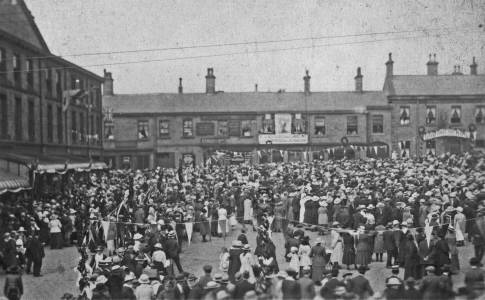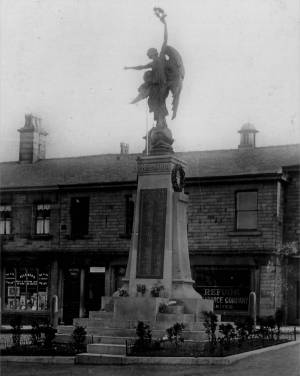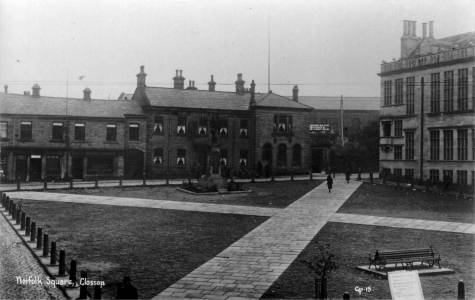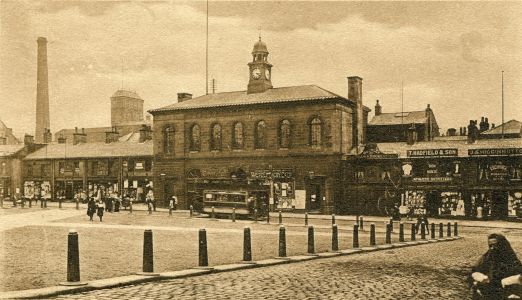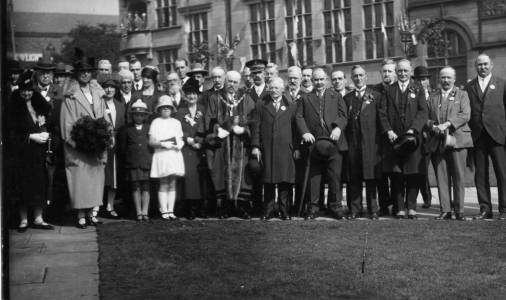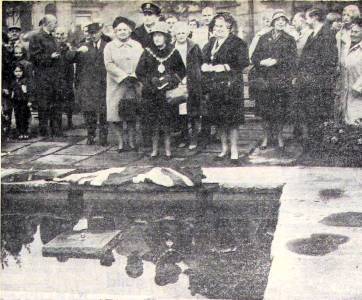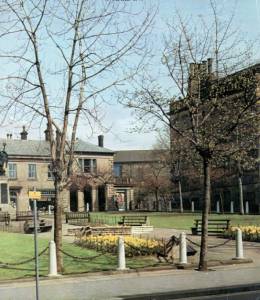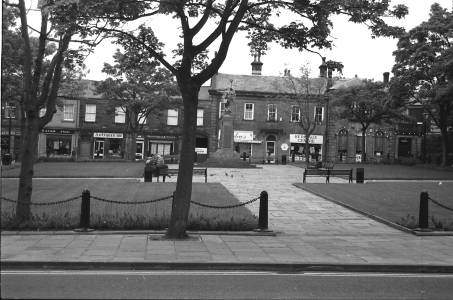
This plan is taken from the Tontine Agreement for building the Norfolk Arms, dated 5 August 1825.
The outline of the Tontine (Norfolk) can be seen with outbuildings which would now be in the middle of Norfolk Street.
The "garden" on the plan appears to be what is now Norfolk Square and the Far Flatt is the location of the co-op building.
The plan pre-dates the Chapel turnpike and shows Smithy Fold coming in from the bottom right.

